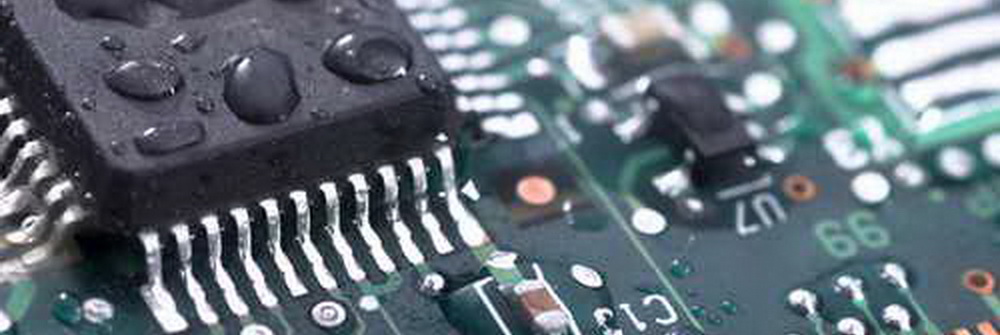by Stege | Jan 15, 2020 | Posts
Before addressing the problem of condensation in electrical cabinets, it helps to understand how it gets there. Furthermore, how knowing the volume of water released in the form of condensation is important for selecting a suitable drying system. For example, there...

by Stege | Mar 17, 2019 | Posts
We know water and electricity do not mix, but water can appear in electrical enclosures unexpectedly from nowhere. Water from condensation causes tracking, leading to short circuits or earth/ ground faults that also increases fire risk. Keeping the relative humidity...
by Stege | Dec 5, 2018 | Posts
The ability of water to change from a gas to a liquid (condensation) and back to gas causes problems for many consumer and industrial products. Removing moisture from enclosures using solid-state dehumidifiers has many advantages over conventional methods. It is...
by Stege | Apr 4, 2018 | Posts, Selection
3rd,Apr, 2018 RYOSAI TECHNICA CO., LTD. Electrolytic Dehumidifier Department Notice : The changes of AC/DC power supply and terminal block, built-in electrolytic dehumidifier for Rosahl assemplies”. Due to production discontinuance of AC/DC power supply which...
by Stege | Jan 24, 2018 | Applications, Posts
Micro-dehumidifiers protect instrumentation from moisture damage Whether caused by water or water vapour, damage to instrumentation is both costly and dangerous. It is also avoidable. Installing micro-dehumidifiers protect instrumentation from moisture damage...
by Stege | Aug 31, 2017 | Posts
Reducing enclosure humidity. There are several methods of reducing enclosure humidity to avoid condensation. Flooding the enclosure with dry nitrogen is quick and effective, but may not be viable or practical. In contrast, other methods may leave the moisture...


